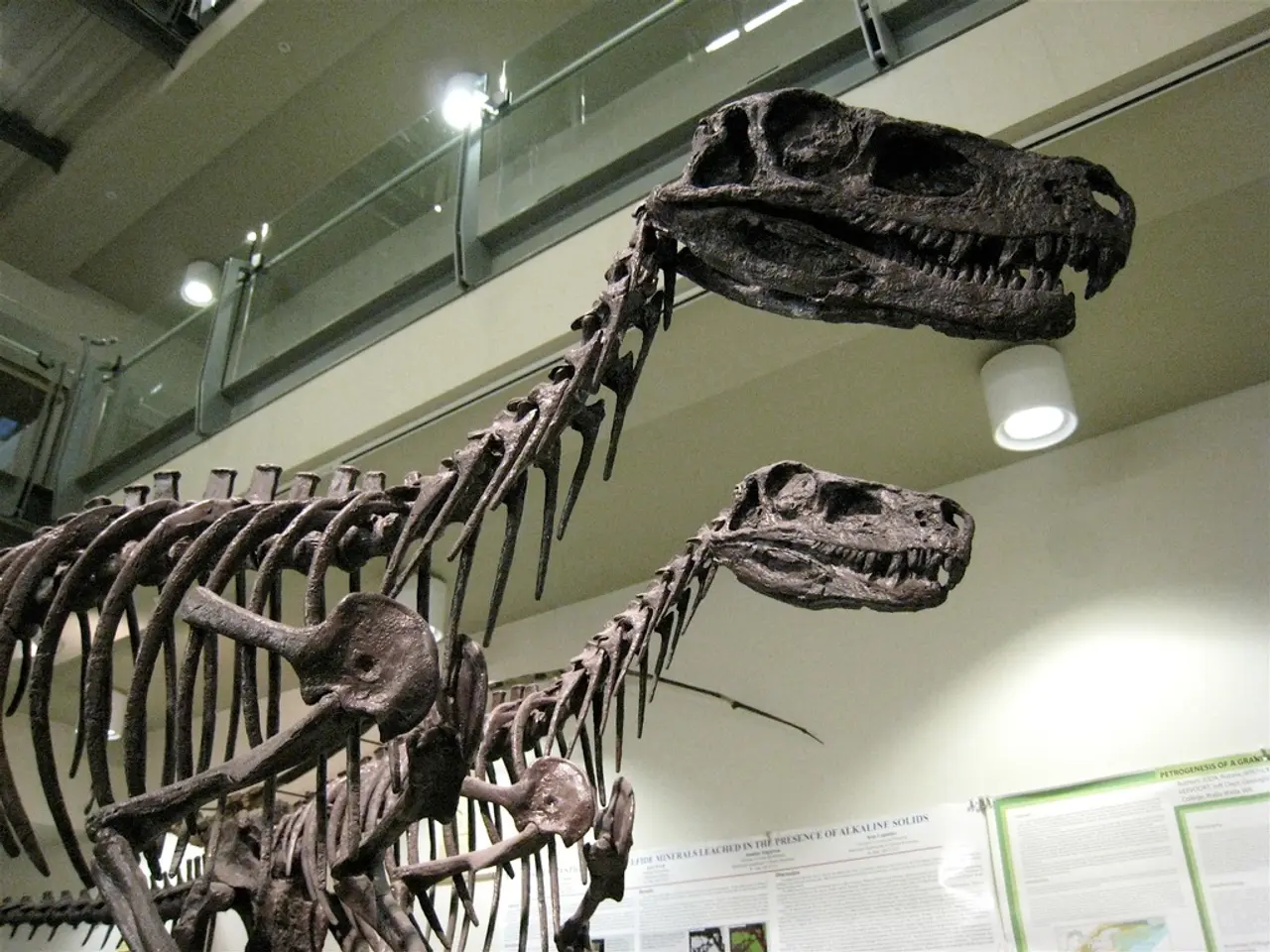Soil Composition: Influencing Seed Sprouting and Plant Development
In the quest for a thriving garden, understanding the optimal soil conditions is crucial. These conditions involve a harmonious balance of soil type, water retention, nutrient retention, drainage, and pH level, each contributing to a healthy environment for roots and microbes.
Loam soil, a mix of sand, silt, and clay, is considered the ideal garden soil. It offers excellent drainage, nutrient retention, and air penetration, making it fertile and easy to work with, supporting robust plant growth. On the other hand, sandy soils drain quickly but have low water and nutrient retention, necessitating more frequent fertilization and organic matter amendments to enhance their water-holding capacity and fertility. Clay soils, while retaining water and nutrients well, can have poor drainage and aeration. Adding gypsum or lime can help improve their structure and drainage.
The soil must balance water holding capacity and drainage to prevent both waterlogging, which causes root rot, and drought stress. Soils rich in organic matter tend to retain moisture longer but may require drainage improvement strategies to avoid water retention problems. Acidic soils (pH below 6.0) can bind clay particles tightly, slowing water infiltration, while alkaline soils (above pH 7.5) may form hard layers that block water movement.
Nutrient availability depends heavily on soil type and pH. Loam and clay soils generally hold nutrients better than sandy soils. Regular addition of organic matter such as compost or manure improves nutrient retention across soil types. Soil amendments vary: sandy soils benefit from organic matter, while clay soils benefit from gypsum or lime to improve structure and fertility.
Most plants thrive in a slightly acidic to neutral pH range of 6.0 to 7.0. This range optimizes nutrient availability and microbial activity. Adjusting pH using lime (to raise pH) or sulfur-based amendments (to lower pH) is standard for maintaining optimal conditions.
Creating and maintaining these soil conditions through amendments, pH management, and proper water control fosters optimal plant growth by ensuring roots have access to oxygen, water, and nutrients without stress from toxicity or lack of drainage.
High soil moisture tension can inhibit seed germination by preventing the absorption of water by the seed. Gardeners can manipulate soil temperature using tools like heated propagation mats, clear domes, soil thermometers, and by raking back mulch to expose dark soil or using plastic sheets or glass panes to capture heat and warm the soil.
Clay soil's compact nature restricts root growth, making it challenging for trees and plants to establish a strong foundation. Optimal soil temperature, in conjunction with adequate moisture, is crucial for successful seed germination and subsequent plant growth. Understanding the soil moisture tension and the water-holding capacity of different soil types is essential for successful plant growth. The interaction between soil type and moisture level further complicates their individual effects on germination.
By considering these factors, gardeners can create the perfect soil conditions for a flourishing garden, ensuring healthy roots, robust plant growth, and a bountiful harvest.
Adopting a lifestyle that includes home-and-garden practices, such as regular soil testing and amendment, can significantly improve soil health. For instance, adding organic matter to sandy soils can enhance their water retention and nutrient retention capabilities, mimicking the ideal loam soil that offers a balance between water holding capacity and drainage. Similarly, using gypsum or lime on clay soils can help improve soil structure and prevent poor drainage, thereby fostering a healthy environment for microbes and promoting gardening success, resulting in a flourishing garden.




